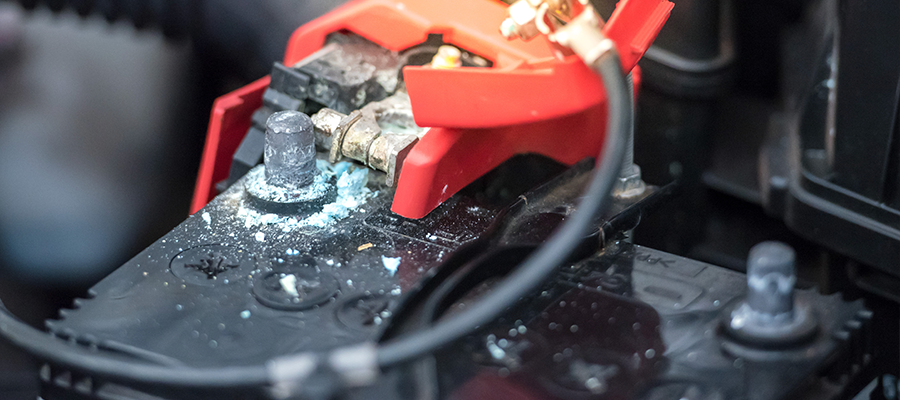
How can I tell if I have a battery problem or a charging problem?
Diagnosing potential or perceived battery-related issues can be complex. A voltmeter is still the most valuable tool when troubleshooting sealed batteries (see “How can you tell if a battery is fully charged?). When testing a battery, always start by checking the voltage first. In multi-12-volt systems such as a 24-volt system, we know the chances for all of the batteries being bad are very low. What we need to determine is which battery is bad, if both batteries are bad or if something else is wrong. This is accomplished by checking the voltage of each battery separately. We cannot just check the total voltage of the pack because we might incorrectly assume the bank is good when one has a voltage of 12.70 and the other a voltage of 12.1.
Multiple 12-volt battery banks charge and discharge together when hooked in series or parallel. A wide voltage separation between two 12-volt batteries in a 24-volt system indicates that you may need to replace one or both. If both batteries read a similar voltage, they should be fully charged before doing any further testing. If both batteries are below 12.0 volts, the question becomes, why? Is the battery charger working correctly? Could there be a problem with the application's wiring or other components? You can start to determine this step by step once you know the voltage of each battery.
